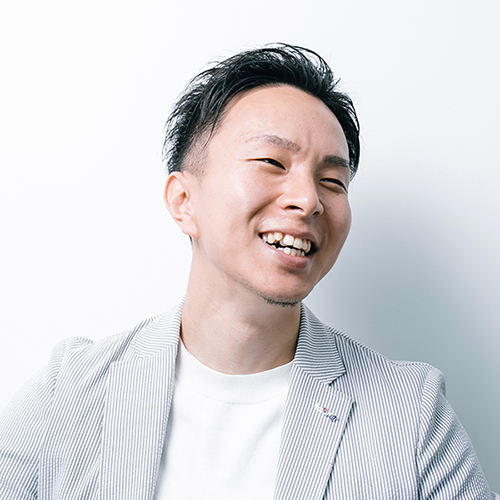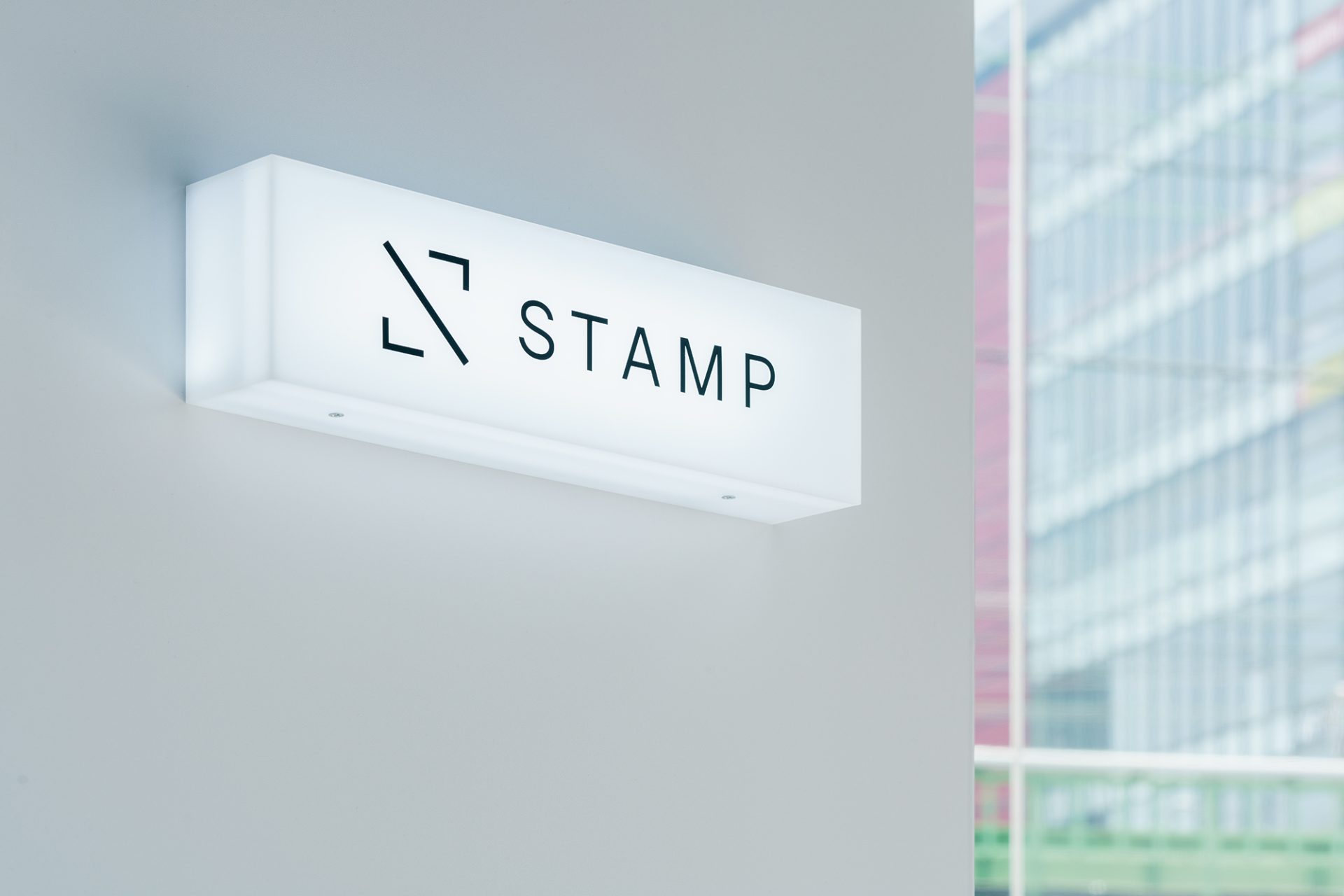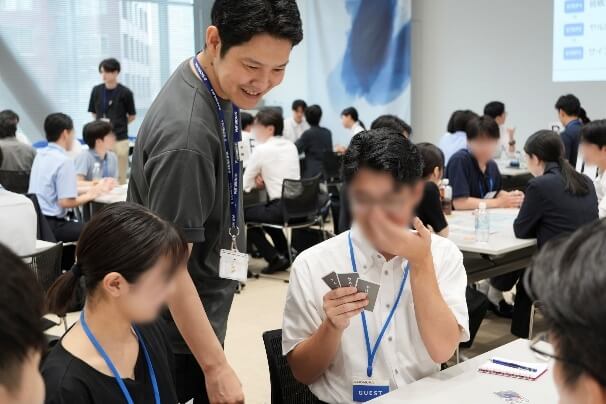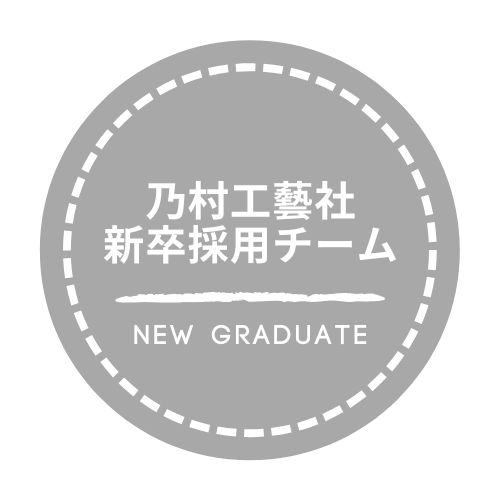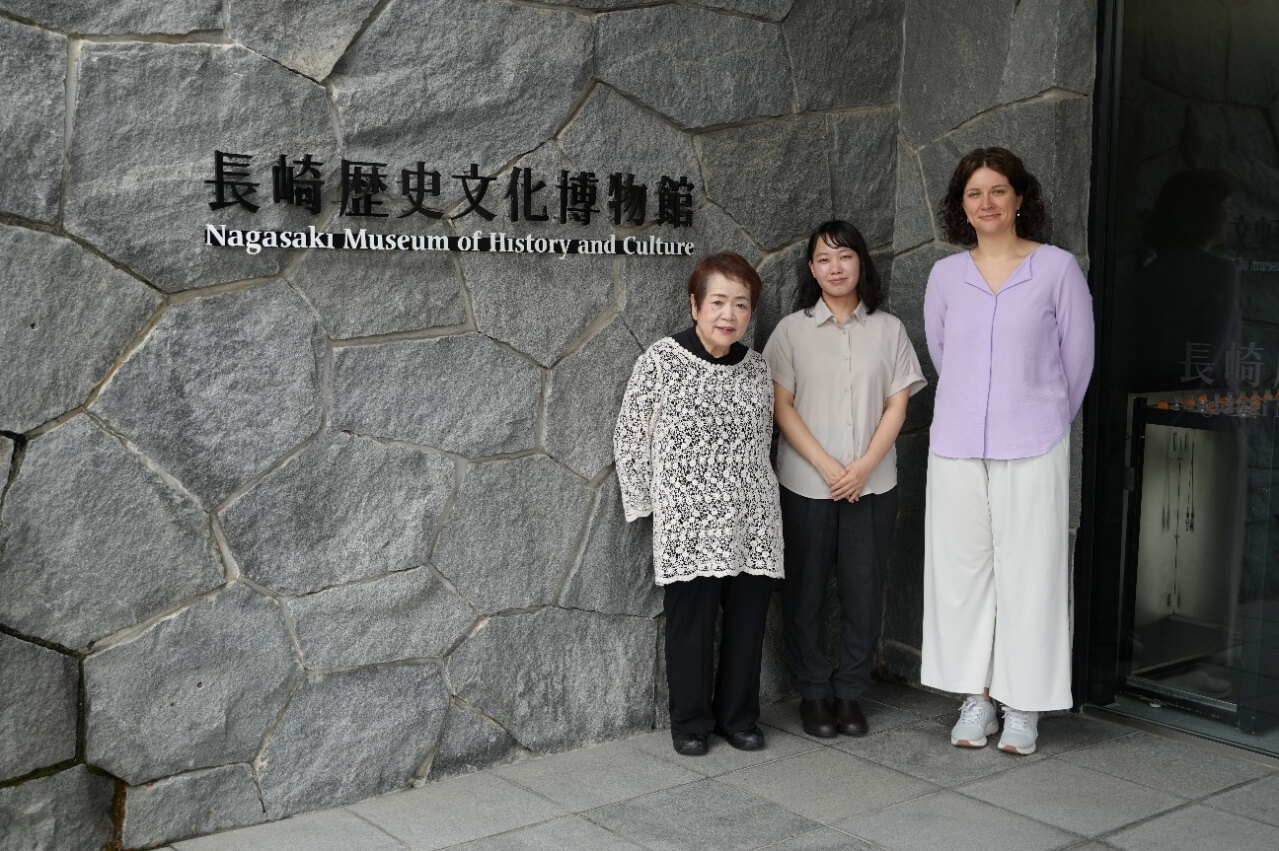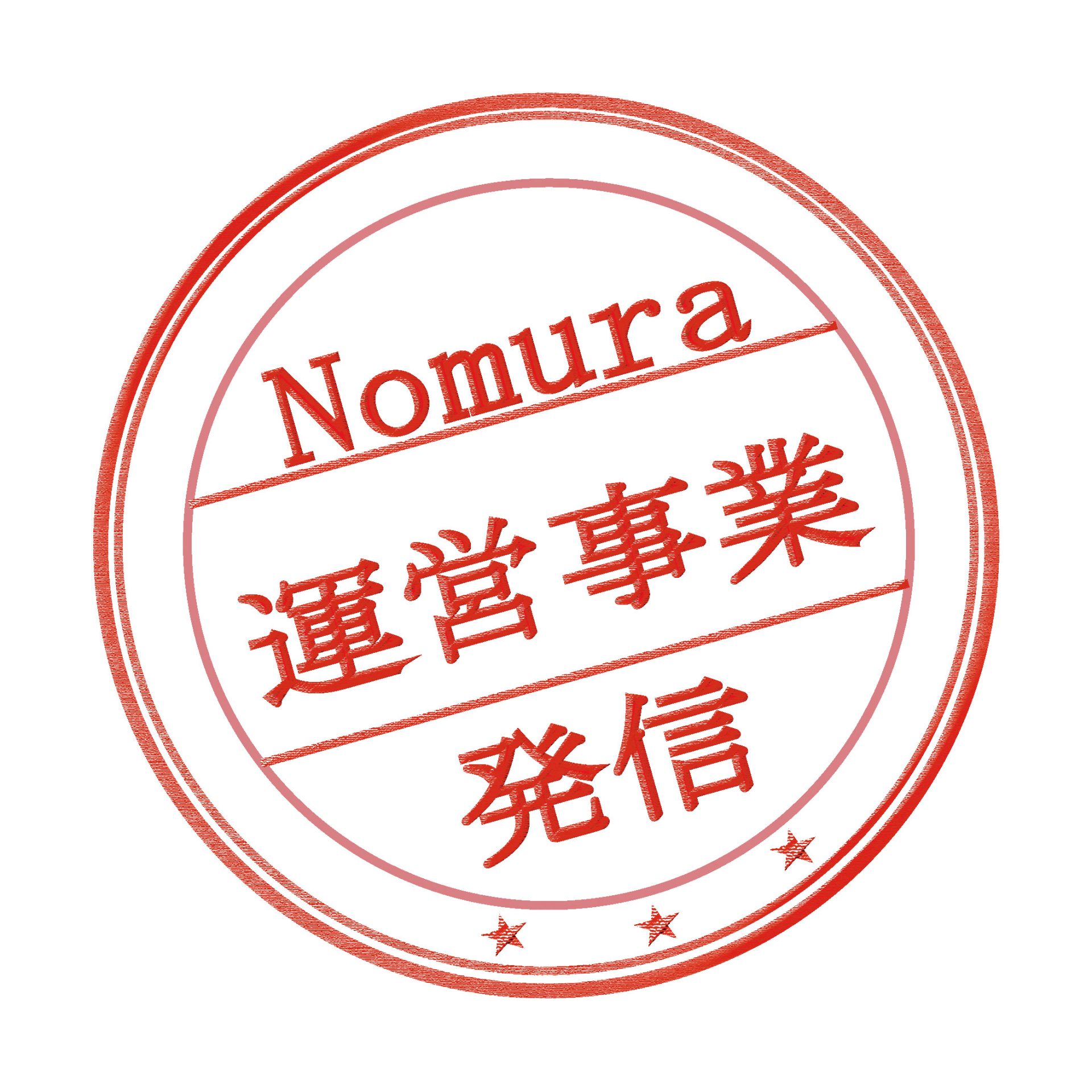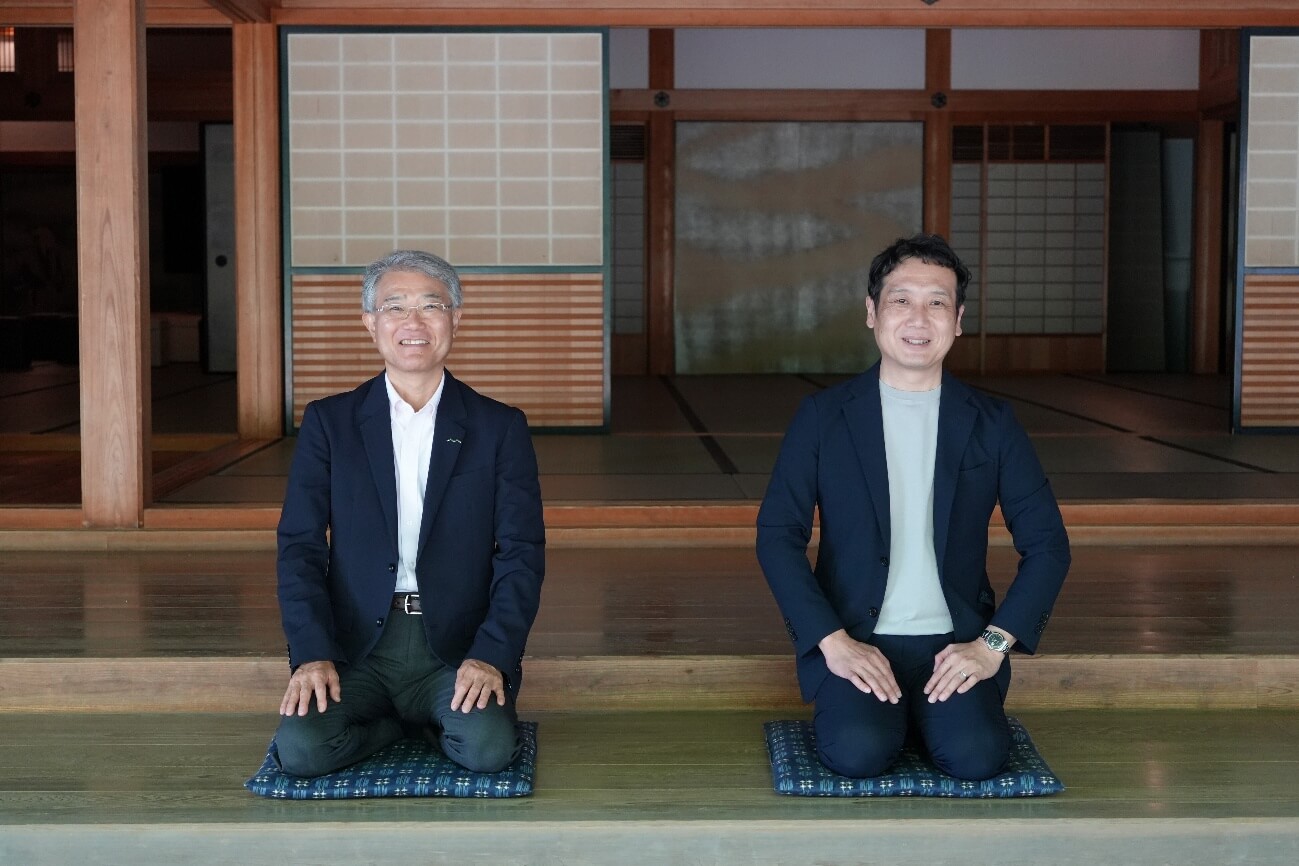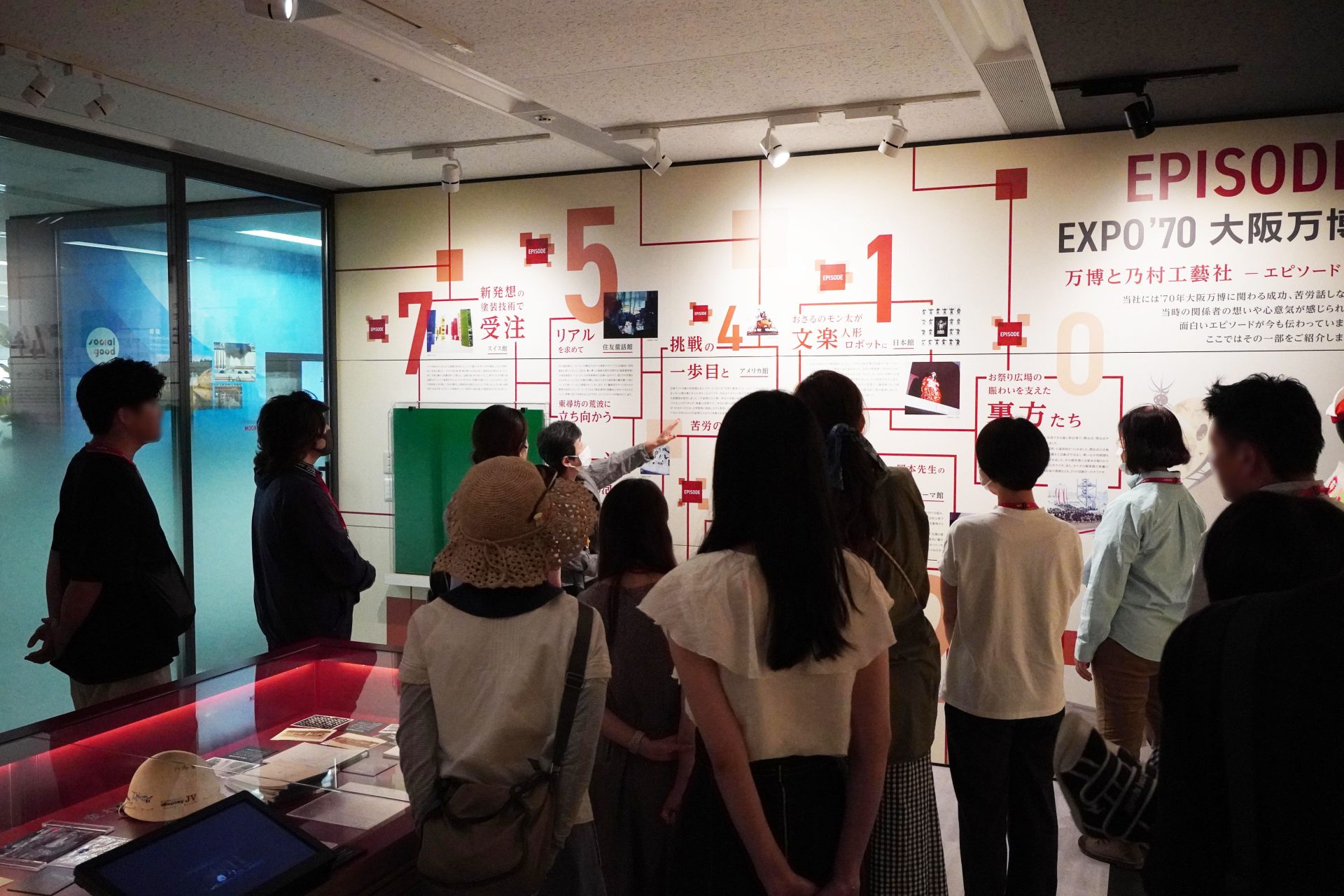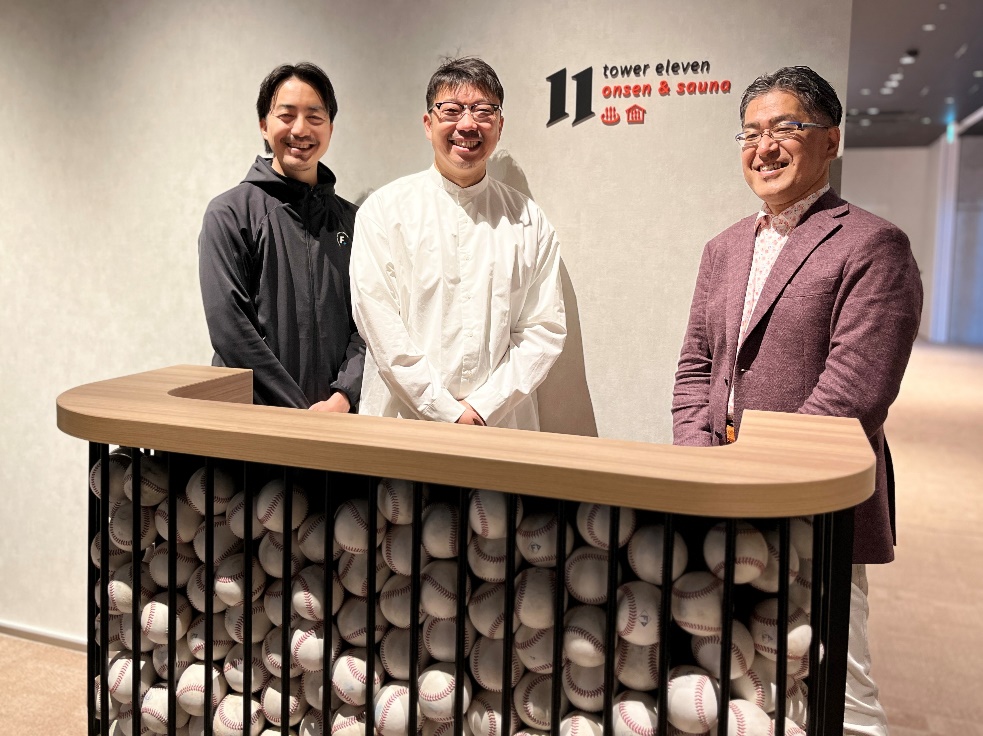- text and edit by
- 阿部 鷹仁
D2C(Direct to Consumer)という、新しいビジネスモデルが拡がりをみせています。製品開発・流通・販促・製品改善といったあらゆる工程で、顧客の声を最大限に活用する顧客基点のこのモデルは、これまで売り切り型の商いを積み重ねてきた多くの業界に、いま大きな変革をもたらそうとしています。
また昨今、海外有名アパレルブランドが店舗の大規模閉鎖や日本撤退に踏み切るなど、従来型の店舗展開に一部の陰りも見えてきた中で、D2Cブランドでは逆に、実店舗へのチャネル展開を加速させつつあります。この動きは、生活者の行動スタイルや企業のビジネスモデルの変化とともに、実店舗の役割そのものが変化しつつあることを示唆しているかのようです。
D2Cブランドとは?
D2C(ダイレクト・トゥ・コンシューマー)ブランドは、中間業者を経由せずに、SNSや独自の電子商取引プラットフォームを使って顧客に直接製品を提供するビジネスモデルを採用している企業のことを指します。この手法は、特にファッション業界での相性が良く、2000年代初頭に始まりました。最近では、化粧品や健康食品、衣類など、多岐にわたる分野でD2Cモデルが取り入れられています。D2Cの主な利点は、従来の販売チャネルでは提供しづらい独特の価値を顧客に届け、直接的なコミュニケーションを可能にすることです。仲介者がいないことでコストを削減できるため、特定のニッチな需要に応える製品を少量からでも販売し、ビジネスを継続しやすいという特長があります。
みんなで考える「空間ビジネスのこれから」のカタチ
本稿は「空間ビジネスのこれから」をテーマに、先駆者や挑戦者へのインタビューや自らによるアイデアの発信を通じて、これからの空間の価値を再定義するとともに空間ビジネスの可能性を考えていく企画です。

ExB design farm
2019年より「空間ビジネスのこれからを考え、デザインする」をミッションに、
「Experience × Business(ExB)」を冠したチームを社内プランナー4人で発足。
メンバーは写真左から、野田裕暉、梶村直美、阿部鷹仁、山田知佳。本記事は阿部が担当。
インタビュー第2弾となる今回は、日本を代表するD2C企業FABRIC TOKYO様の、新規事業『STAMP』をクローズアップ。当事業を牽引する新規事業企画室の竹内智代さんに、事業発足からリリースを迎えられるまでの開発背景や、オフライン・オンラインを横断したサービス展開、実店舗の活用も踏まえた将来への展望をお伺いしました。

竹内 智代さん / 株式会社FABRIC TOKYO 新規事業企画室
2018年、株式会社FABRIC TOKYO入社。前職アパレル業での経験を活かし、FABRIC TOKYOでの生産・オペレーション部門で手腕を発揮。2019年から新規事業企画室へ異動。STAMP事業の立ち上げから今日に至るサービスアップデートまで、その中心的役割を担う。
What is “STAMP” ?
3Dスキャンデータによるパーソナライズした製品を届ける、FABRIC TOKYOの新ブランド・サービス。
Stamp=自分自身を製品に刻むこと、をブランドメッセージに、2019年11月「オーダーメイド・ジーンズサービス」をリリースする。
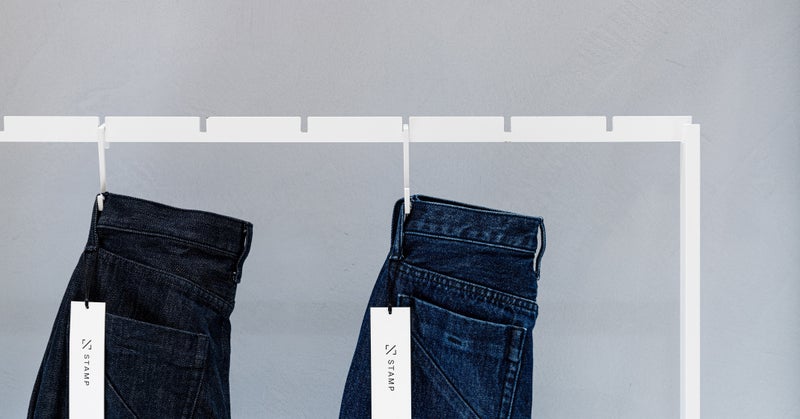
STAMPの体験は、店頭での全身スキャンから始まる。数秒で全身500万箇所のスキャンが可能な高精度3Dスキャナーで、全身の体型を3次元データ化。スキャンしたデータはクラウド上に保存され、ユーザーはオンライン上からジャストフィットした製品をいつでも気軽にオーダーすることができる。
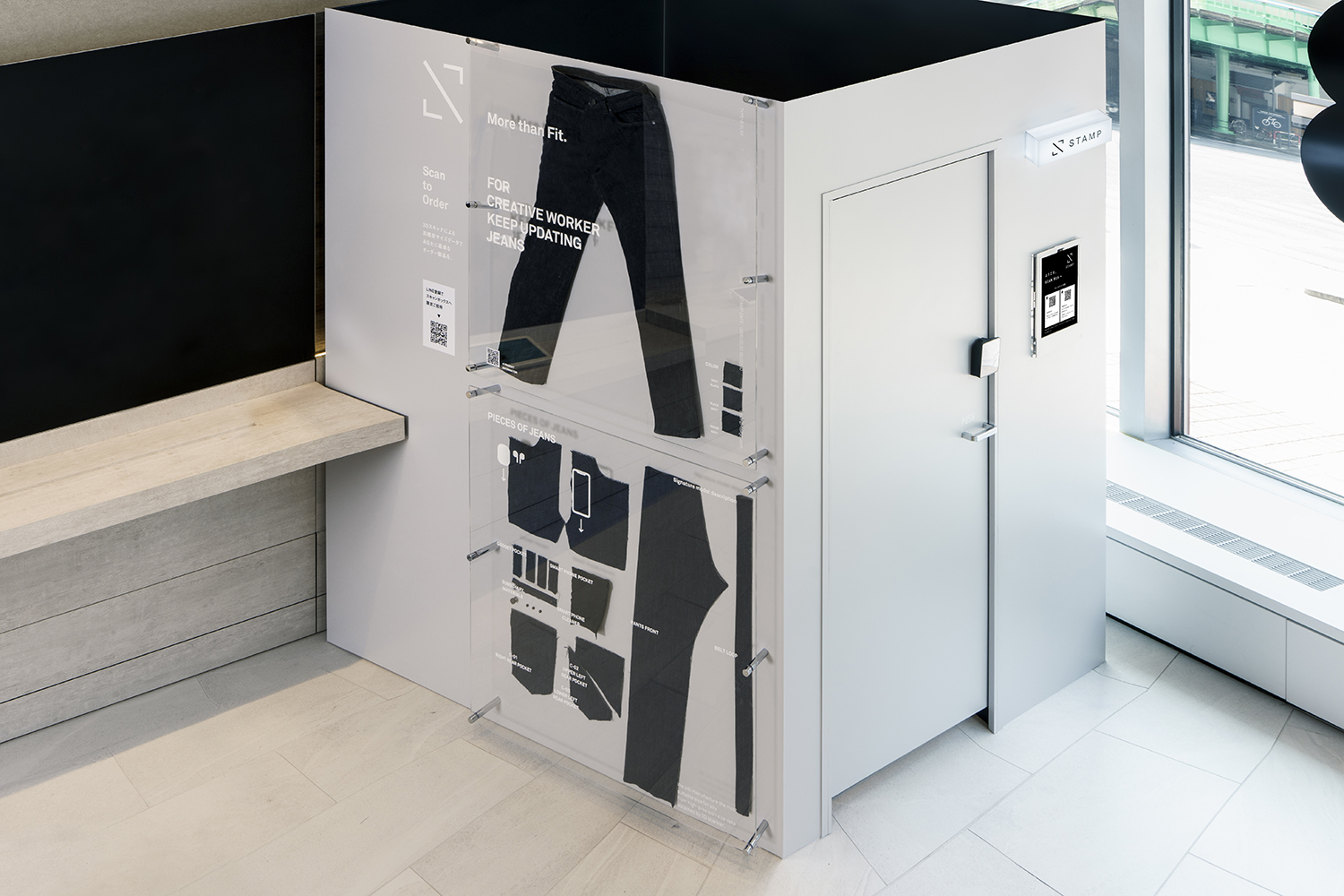
公式リリースより1周年を迎えた2020年、ユーザー参加型の製品開発プロジェクト「STAMP_dev」の始動や、日本を代表するクリエイティブワーカーとのコラボレーションモデル「STAMP by」発表と、その展開はさらなる加速をみせる。
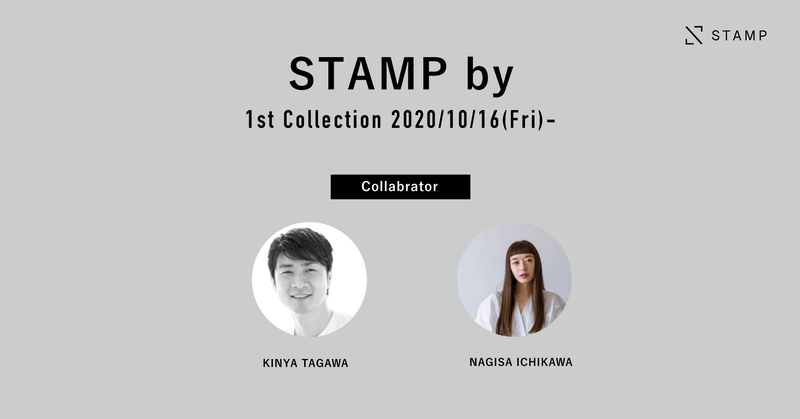
テクノロジーが紡ぐD2Cブランドの世界
目指すのは、
半歩先の未来をより良くする、アップデートされたファッションサービス
ExB
竹内さん、本日はよろしくお願いします。
はじめに、STAMPのビジョンと事業を始められた背景をお聞かせください。
竹内
はい。もともとFABRIC TOKYOは「だれもが自分らしいライフスタイルを自由にデザインできるオープンな社会をつくる」というビジョンの基、ビジネスウェアの領域から事業をスタートさせました。
非効率となってしまっている旧来のアパレル業界の仕組みをテクノロジーによって現代社会に最適化させながら事業を拡大させてきましたが、この度、より多くの方々に使っていただきたいという想いから、スーツを着ない方にむけた新規事業を展開する運びとなり、そこで立ち上げたのがSTAMPになります。
STAMPでは、ターゲットにクリエイティブワーカーと呼ばれる「本当に自分らしい恰好で働いている方」を据えました。具体的には、IT企業やスタートアップ、あるいはクリエイティブ職に就かれている方を戦略ターゲットに据えた形です。
D2Cアパレルだからできる個々のライフスタイルに合わせたパーソナル製品
FABRIC TOKYOで培ったオーダーウェアのノウハウを活かしつつ、FABRIC TOKYOよりもライトにカジュアルに、より多くの皆さんに体験いただけるようなサービスや価格を設定。半歩先の未来がよりよくなるようなアップデートされたファッション体験を目指し、「More than Fit.」をコンセプトに、3Dスキャンデータによるパーソナライズ製品を届けるサービスをリリースしました。
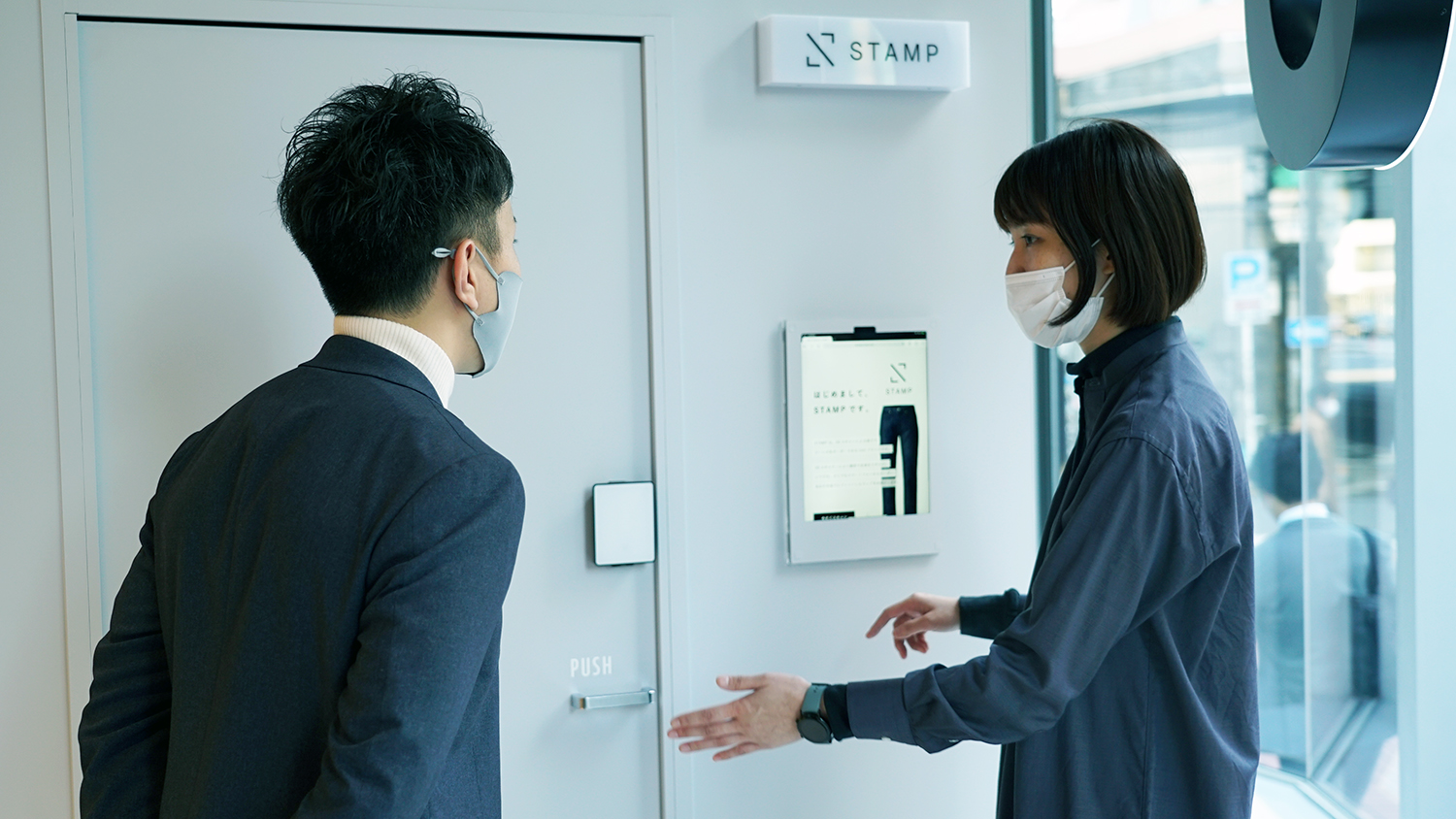
ExB
クリエイティブワーカーの服装といっても色々とあるかと思います。STAMPといえばやはり「ジーンズ」のイメージがありますが、あえてジーンズから展開を始められた理由とはなんだったのでしょうか?
竹内
ターゲットとなるクリエイティブワーカーの方へヒアリングを重ねていったところ、Tシャツ・パーカーにジーンズ、シャツにチノパンなどラフな格好をされている実態が多く見受けられました。そしてその中からは、「自分にピッタリとあったジーンズを探すのが実は大変」という問題意識が浮かび上がってきました。
もともと我々としては、最初に出すアイテムはブランドのアイコンになるようなアイテムが良いと考えており、また誰しもが1本は持っているようなベーシックアイテムを展開したいという想いもあり、我々の思想と生活者のニーズが重なったジーンズのオーダーサービスで、展開を始めることに決定しました。
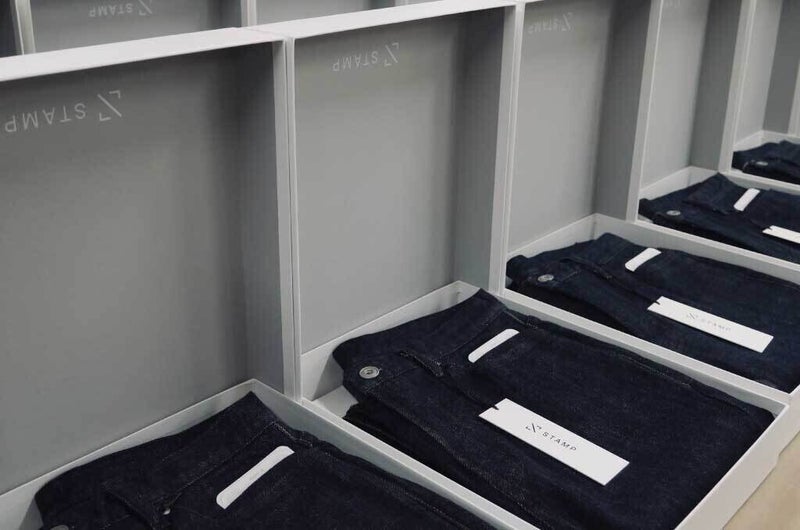
ExB
なるほど、背景にはしっかりと生活者の潜在ニーズがあったのですね。生活者へのヒアリングを大切にされている印象を持ちましたが、その真意をもう少し伺えますか?
またヒアリングは、FABRIC TOKYOのユーザーを中心に行われたのでしょうか?
竹内
ヒアリングはとても重要だと捉えています。STAMPではサービスの立ち上げからリリースまで約9か月要しましたが、その半分はヒアリングに充てていました。既存ユーザー様へのヒアリングも行いましたが、普段スーツを着ないFABRIC TOKYOのユーザー様とは違った層の声が聴きたかったこともあり、社員の知人や自身の知人も含め、様々な方に積極的にお話を伺いました。
定量的なデータを分析して得られる示唆も多くありますし、アンケートで得られる情報もありますが、ヒアリングを通じた生の声には、それらでは得られない多くの気づきがあります。
特にSTAMPでは、今まで体感したことのないような、ある種非現実的な体験も提供しているので、その過程ではポジティブな感情もネガティブな感情も色々出ていることかと思います。そうした本音は定型的なアンケートフォームではなかなか出てこないので、その意味でもヒアリングによるコミュニケーションは非常に重要だと考えています。
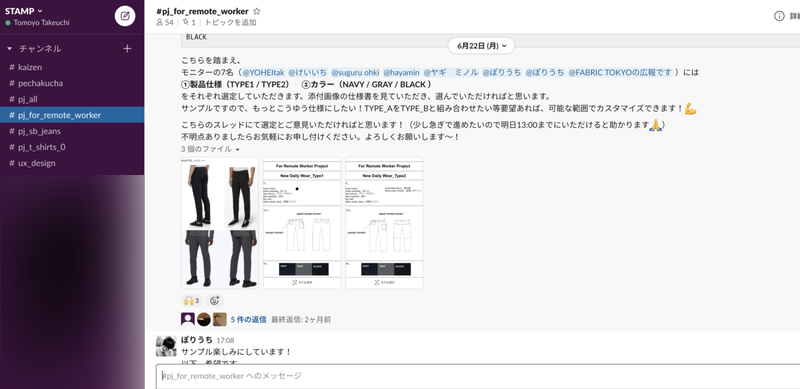 *対面やSNSでのヒアリングを通じて、生活者のインサイトを抽出する
*対面やSNSでのヒアリングを通じて、生活者のインサイトを抽出する
D2Cの店舗で試みたセルフスキャンによる完全無人化店舗の実現
ExB
STAMPの店舗は現状、完全無人化で運営がなされています。一方FABRIC TOKYOでは対面接客をベースにされています。人の介在手法が全く異なるわけですが、STAMPでここの手法を大きく変えられた理由はなんだったのでしょうか?
竹内
ヒアリングより浮かび上がってきたクリエイティブワーカーの思考として、自身の目的にあったものをストレスフリーに、かつ合理的に手にしたいというような意識が多くありました。その視点で考えると、人とのコミュニケーションはマストな要素ではなく、むしろ障壁にもなり得るものでした。
それであれば、自身の操作で完結できるセルフスキャンと、その後のセルフオーダーシステムが適しているのではないかという仮説を立て、その検証をかねて無人運営をスタートさせた運びとなります。
スタッフがいない中で本当にスキャンしていただけるのか、その後に本当にオーダーまでしていただけるのかと、想像ではわからないというのが正直なところだったので、リリース前のテスト期間も設けて見定めていった形です。
具体的なタイムラインで言いますと、
まず2019年9月、2週間のポップアップショップという形で、新宿マルイ本館1Fにてプロトタイプのリリースを行いました。そこではセルフスキャンシステムをテスト導入しながら、操作サポート役のスタッフを1人つけていました。困ったことがあったらお声がけいただくようなオペレーションですね。
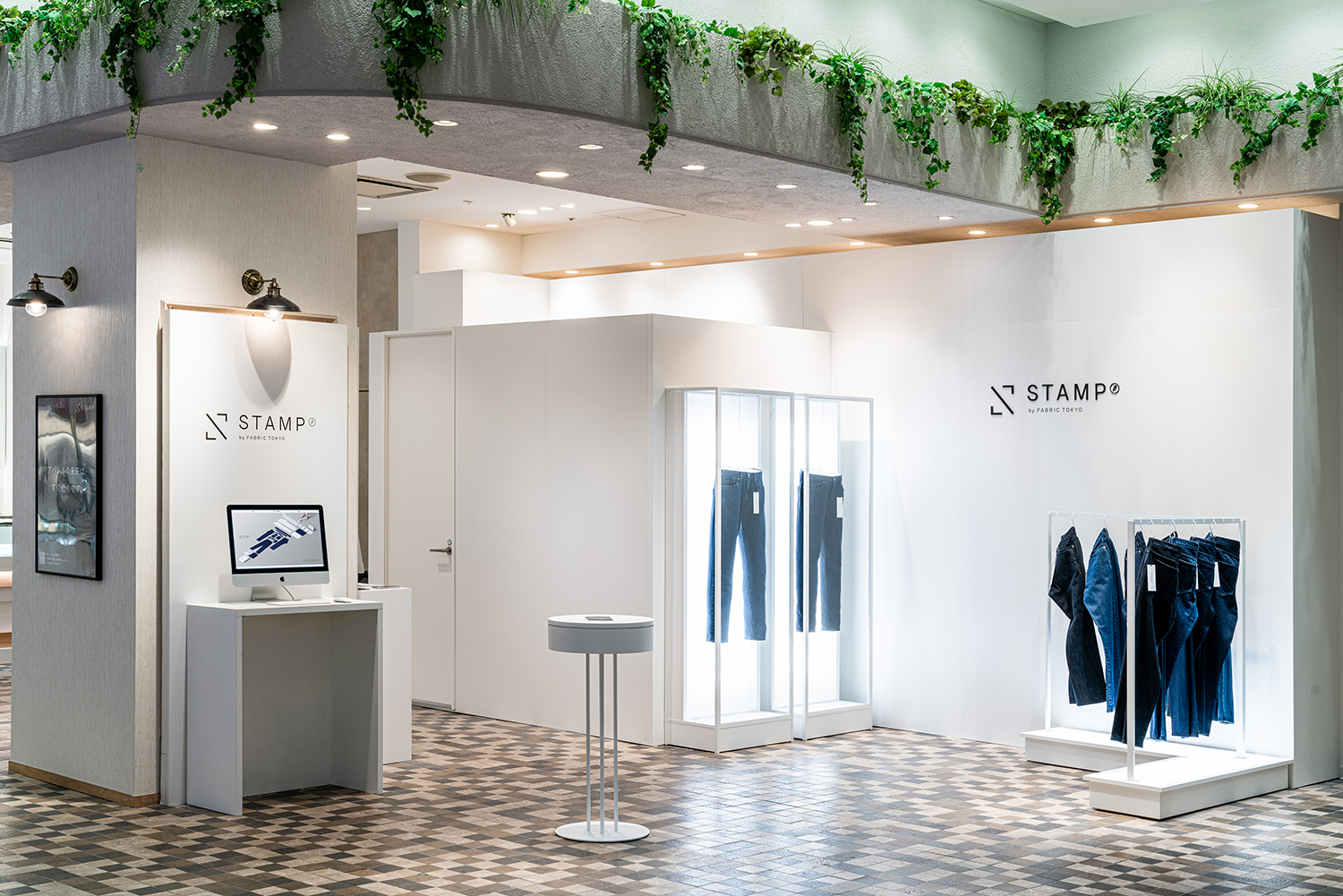 *新宿マルイ本館1Fにて展開されたポップアップショップ
*新宿マルイ本館1Fにて展開されたポップアップショップ
そして2019年11月、新宿マルイ本館7Fにて実店舗としての公式リリースを迎えました。
ポップアップショップで得られたフィードバックをもとに大幅なシステム改良を行い、セルフスキャンボックスを実装。続く2020年3月にはスキャンシステムのアップデートを図り、セルフで完結できる店舗体験を実現するに至りました。
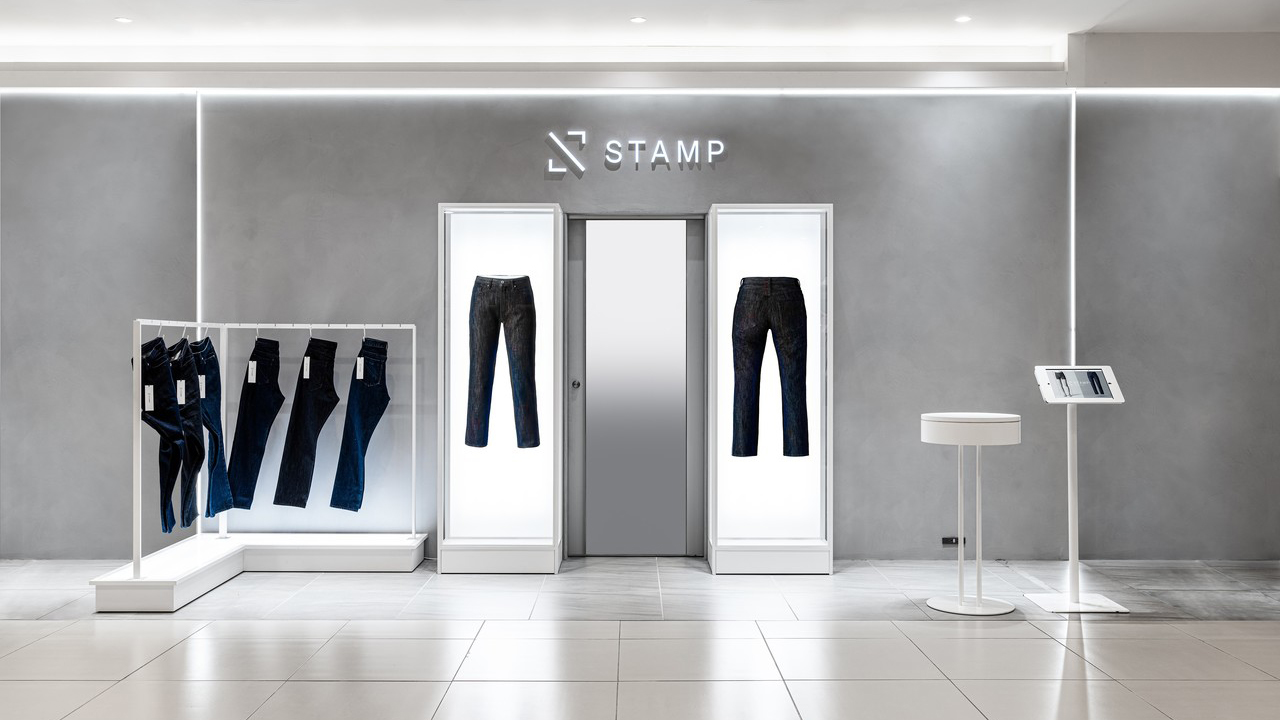 *新宿マルイ本館7Fにて展開中の実店舗
*新宿マルイ本館7Fにて展開中の実店舗
また、新たなチャレンジとして2020年8月、b8ta有楽町でも並行してリリースを行いました。
前述の店舗展開よりもミニマムな1.5坪ほどのボックス形態を採用しながら、新宿店舗で得られたフィードバックをもとに、3つのNO「NO-STAFF(スタッフレス)、NO-TOUCH(タッチレス)、NO-STOCK(在庫レス)」を実現しています。
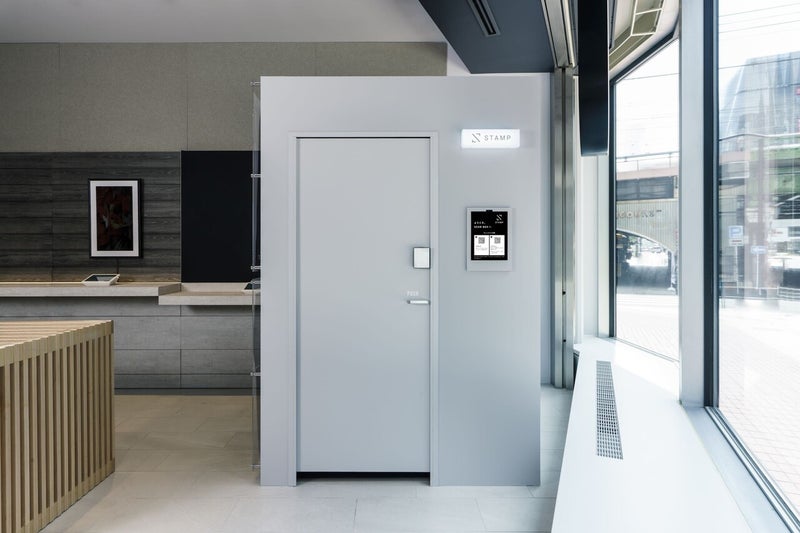 *b8ta有楽町にて展開中の実店舗
*b8ta有楽町にて展開中の実店舗
日頃行っているユーザー様とのSNSコミュニケーションにおいては、週ごとにアップデートを行うこともあります。定期的なご案内内容の見直しや、店舗来店予約方法の適正化など、日頃の実証・検証から得られたフィードバックをもとにアップデートを重ねながら、徐々に現在の姿へと至っています。
店舗体験は顧客との関係性のはじまり|
従来アパレルブランドとは真逆をいく顧客関係構築アプローチ
ExB
なるほど、顧客が必要としている完全無人店舗像を探りながら、チューニングを重ねてきているわけですね。
私がSTAMPを利用している中で特徴的に感じたのが、「店舗(オフライン)とSNS(オンライン)でのコミュニケーションの濃度差が、通常のアパレル店舗と真逆であったこと」でした。
STAMPの店舗では完全無人化を進められていて、そこには人の影がなく非常にスマートな印象を感じる反面、購入前後のSNSでのやりとりでは、こまめな連絡や製品フィードバックのお願いがきたりと、むしろ人に近いコミュニケーション設計がされている。これは店頭での接客・販売を前提とした従来のアパレルモデルとは、真逆のアプローチとも言えるのではないでしょうか?
竹内
STAMPでは、サービスのゴールに単純なモノの販売を置いていません。モノの購買の先にある半歩先の未来、つまり顧客のこれからの毎日にどれだけ寄り添っていけるかを大切に考えています。ゆえに店舗でのスキャン体験以降、あるいはオンラインでの購入以降のコミュニケーションを重視しており、その結果が、お感じの印象へとつながったのかと思います。
また、STAMPは一昨年にリリースを迎えた日の浅いサービスではあるので、まだまだ改善すべきところが多くあります。それに向き合い改善していくためにも、購入以降の継続的な接点づくり、コミュニケーションづくりは非常に重要だと考えています。
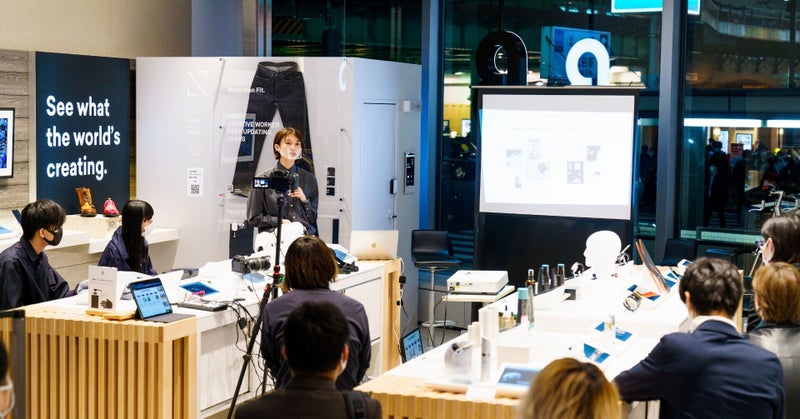 *SNSでのコンタクトや実店舗でのイベントなど、ユーザーとの継続的な接点づくりを積極的に図る
*SNSでのコンタクトや実店舗でのイベントなど、ユーザーとの継続的な接点づくりを積極的に図る
提供するのは「プロダクト」ではなく「サービス」
ExB
竹内さんのお話を伺っていると、STAMPを「プロダクト」でなく「サービス」と言っていますよね。普通アパレルはプロダクトを提供されているかと思うのですが、STAMPではサービスを提供されているという意識が強いのでしょうか?
竹内
はい、たしかにそこはすごく意識をしています。私は前職で旧来的なアパレル産業を経験しましたが、この業界には慣習として、売り手目線での「売るための商品開発」が根付いているように感じています。春夏・秋冬のシーズンコレクションを前提に、企業が売りたい商品を売るというスタイルです。
私はそんな顧客との一方的な関係性に疑問を覚え、顧客のためのファッションだからこそ顧客と一緒の目線でつくっていきたい、従来とは違う方法でこの課題を解決したいと思うようになりました。
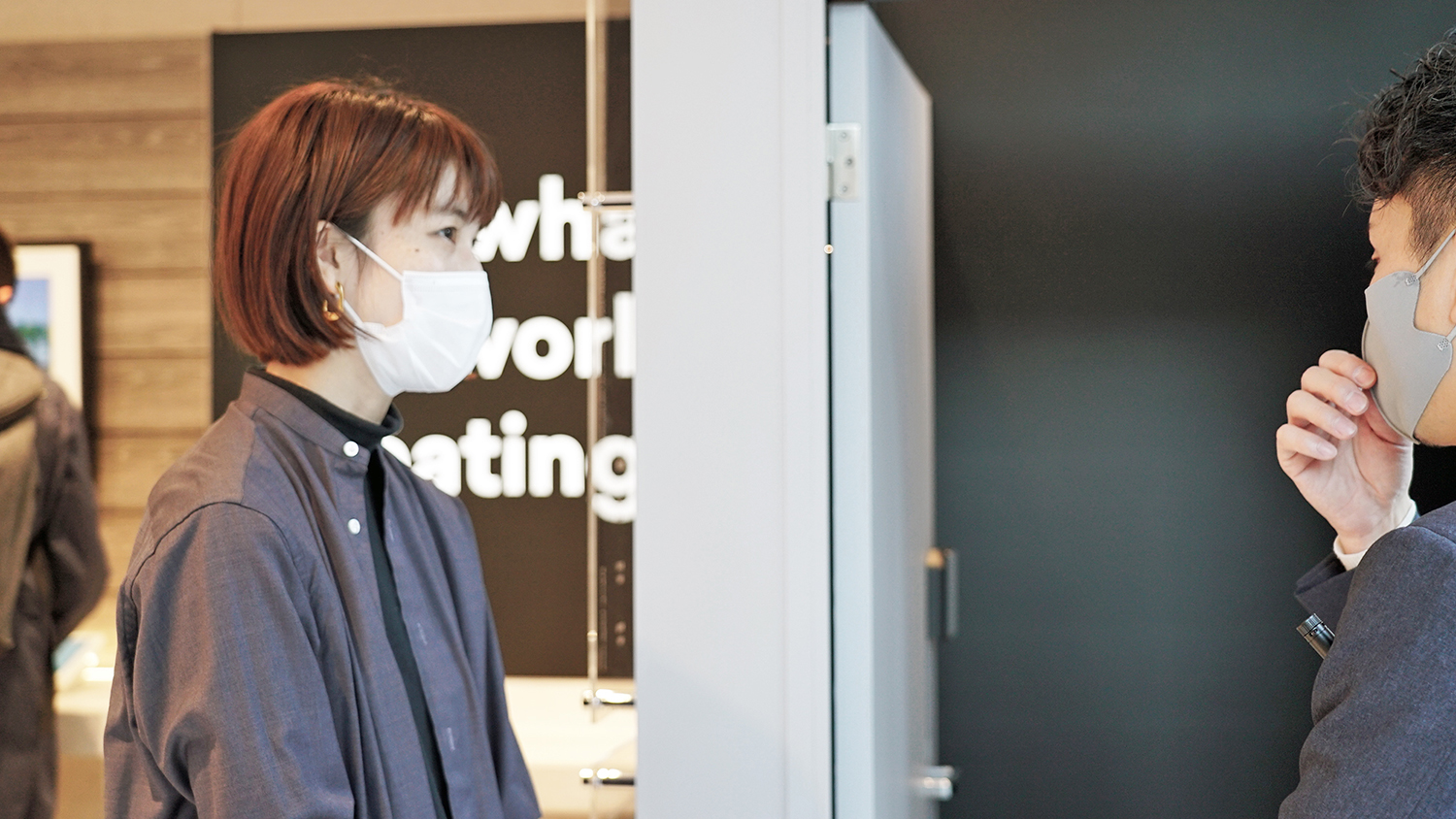
D2Cブランドとしてユーザーとともにサービスを創る
STAMPでは、サービス利用を通じてその魅力を実感いただくことで、継続的にご利用いただけるようなものにしていきたいと考えています。その考えのもとでは、売ることがゴールとなったコミュニケーションは本質的ではありません。
サービスの満足度を常に確認しながらユーザー様とともにサービスを創り続けていく。顧客のライフスタイルがアップデートしたら製品もアップデートする。そんなふうにして、常にユーザー様の半歩先の毎日を届けていくことが我々の目指しているところです。
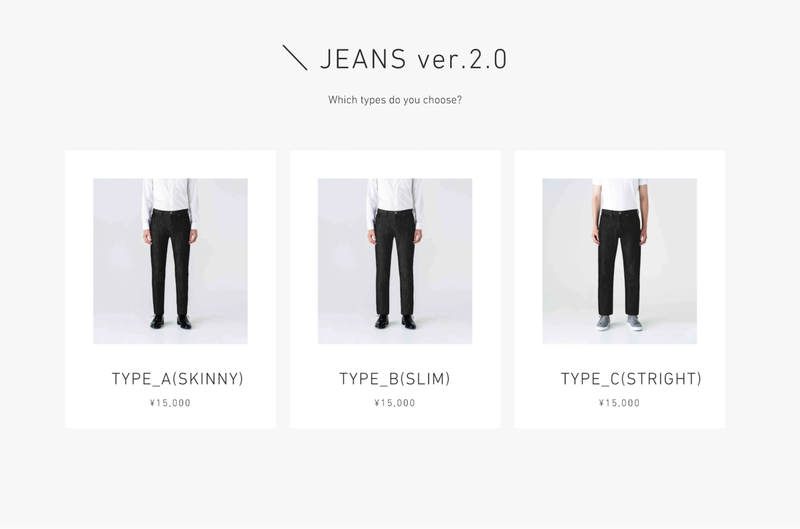 *【\JEANS ver.2.0】ソフトウェアのように、製品は常にアップデートが重ねられていく
*【\JEANS ver.2.0】ソフトウェアのように、製品は常にアップデートが重ねられていく
ExB
以前、FABRIC TOKYOさんの記事で、店舗のKPIに売上や利益を置くのではなく、顧客の継続率や店舗のリピート率を置いているという内容を拝見しました。STAMPでは、実店舗に対してどのようなKPIを置かれているのでしょうか?
竹内
まだサービス開始から間もないこともあり、現状では「どれだけスキャンを体験いただけたか」というところに焦点を当てています。また今後サービスを拡大していくにあたっては、やはり継続率も非常に重要な指標になっていきます。
一方実店舗でのKPIではないのですが、サービス全体としては、製品が到着した際にご案内している「フィットチェック(製品のフィット感をフィードバックするサービス)」をどれだけ実施いただけたかを重要視しています。これはつまり、ユーザー様にとっての最初の成功体験を、どれだけ確実なものにできたのかという指標になります。
せっかく製品が到着しても、自分に本当にフィットしているのか?と疑問をもった状態で利用いただいてしまうと、心から満足できるものにはなりません。自身の主観でも第三者の客観でも双方にフィッティングの評価ができるサービスをご提供することで、納得感のあるサービスをご提供しながら、その後の継続利用や、商品のアップデートに活かしていきたいと考えています。
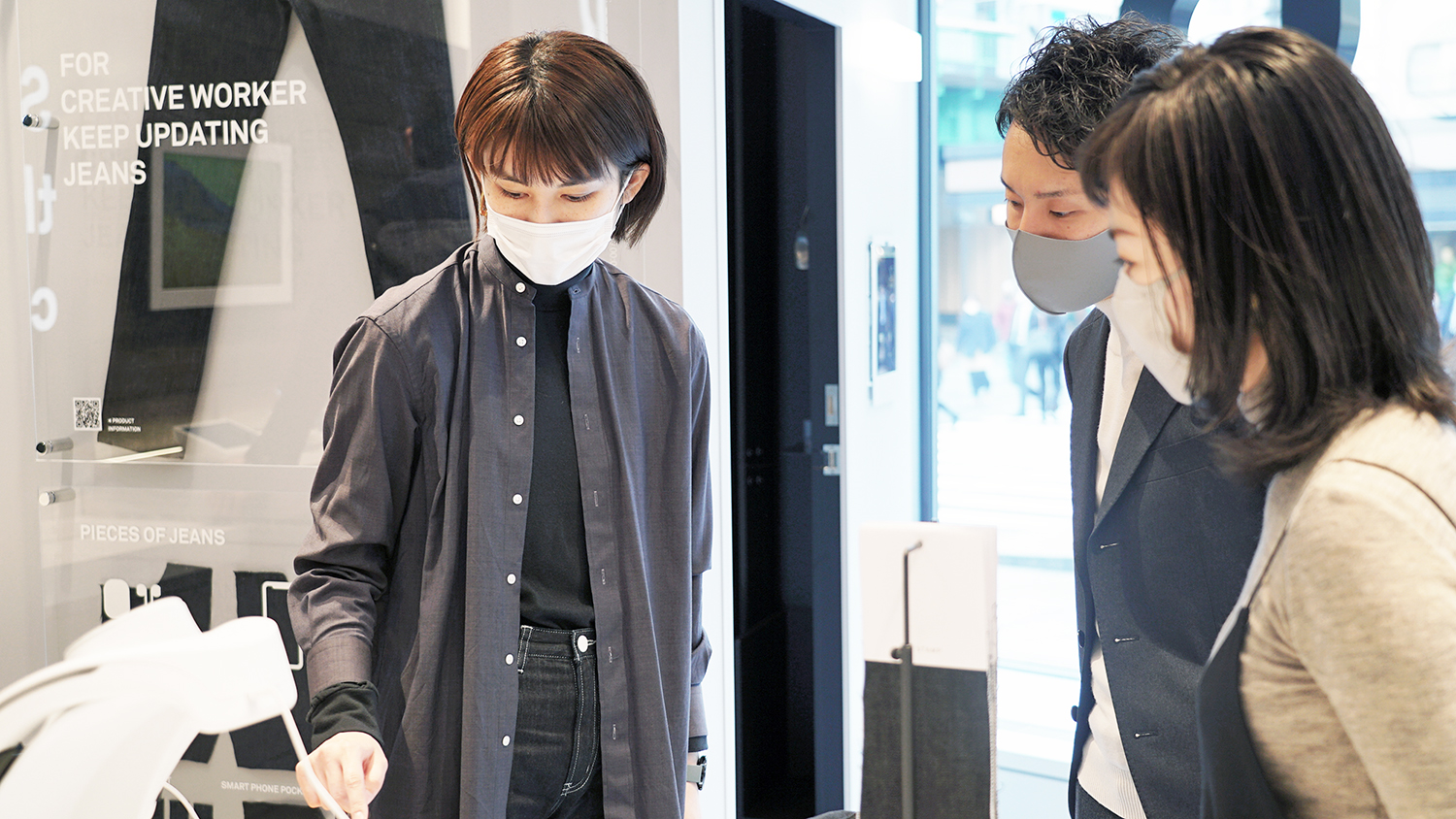
ExB
クリエイティブワーカーにむけたオーダーウェアサービスとして始まったSTAMP。
先端的なサービスながらその背後には、ユーザーとともに絶えずサービスを発展させていく、そんな二人三脚の思想が根付いているんですね。
世の働き方が大きく変わりはじめ、リモートワークやオフィスカジュアルが定着化してきた今、ファッションに対するニーズも変わってきていることかと思います。そんな激動の時代に、STAMPがどんな動きをされているのかますます気になるところです。
次回後編では、竹内さんに引き続きSTAMPの展望を伺うとともに、FABRIC TOKYO広報担当の高橋さんも交えて、これまでの事業展開や経験を踏まえながら、D2Cブランドが見据える空間の価値や役割を深堀りしていきたいと思います。
\ STAMP
*サービスの詳細はこちら
この記事は気に入りましたか?

